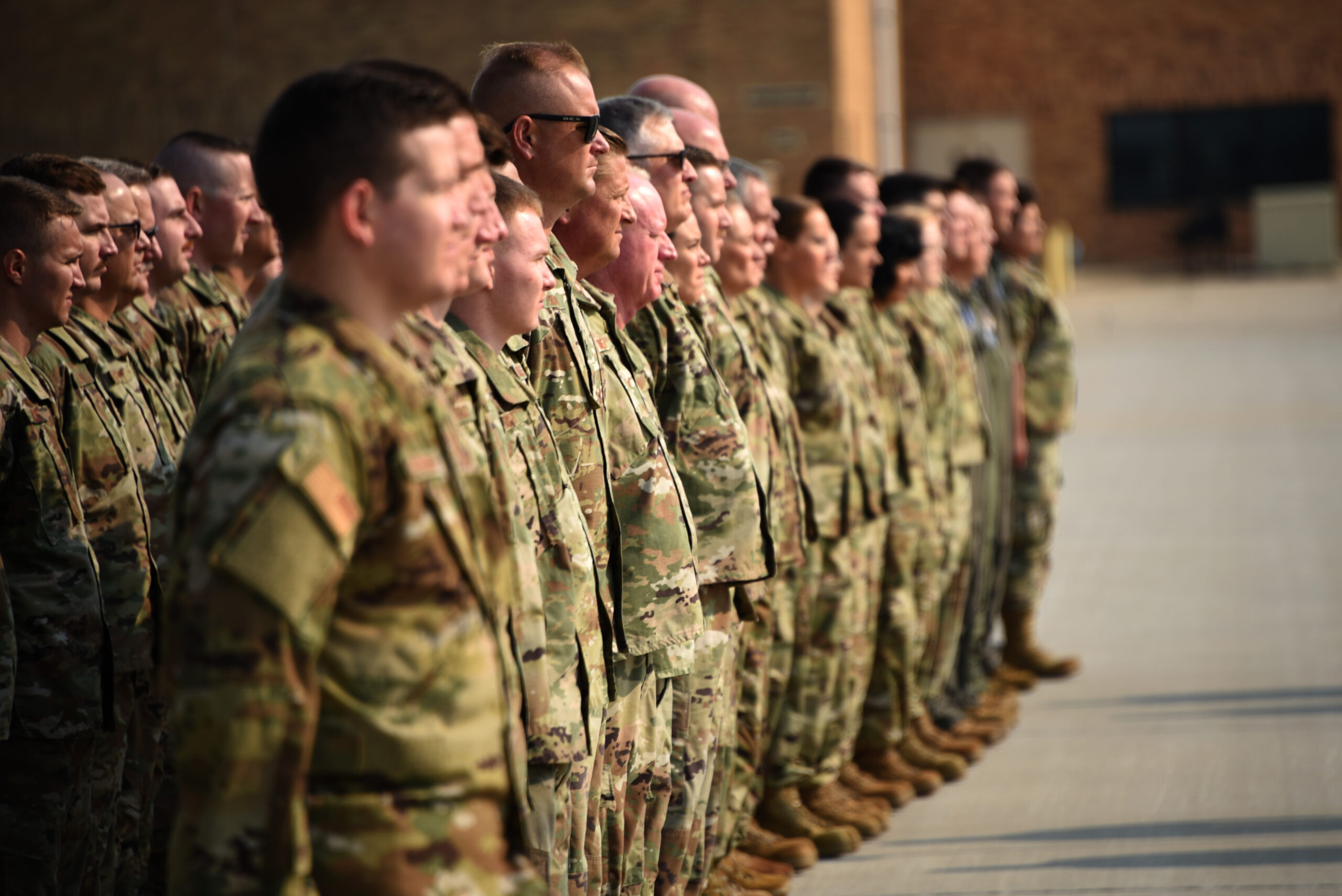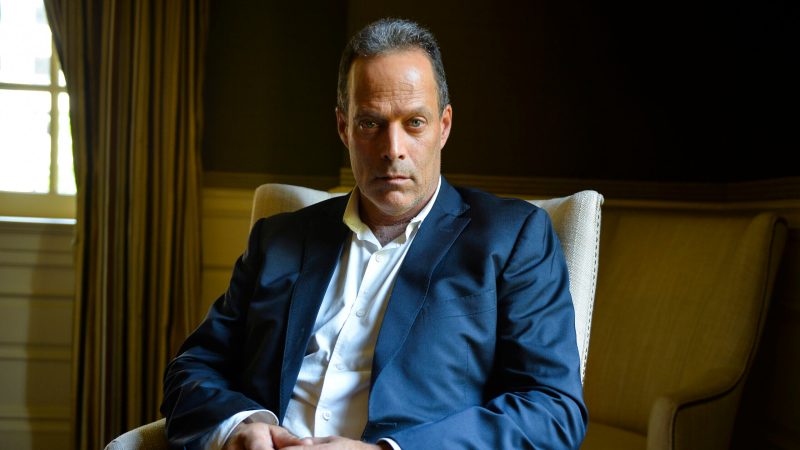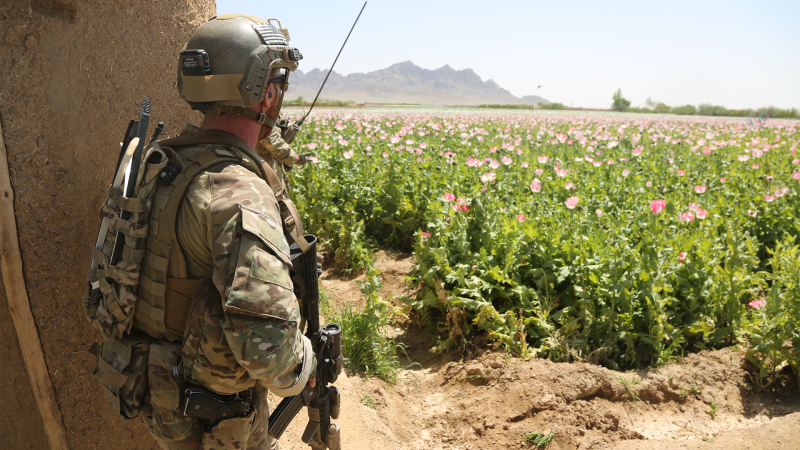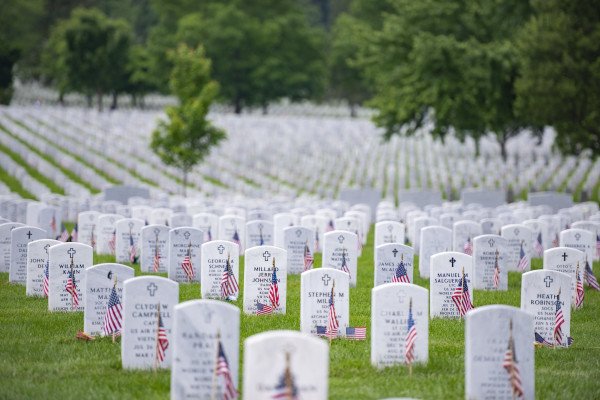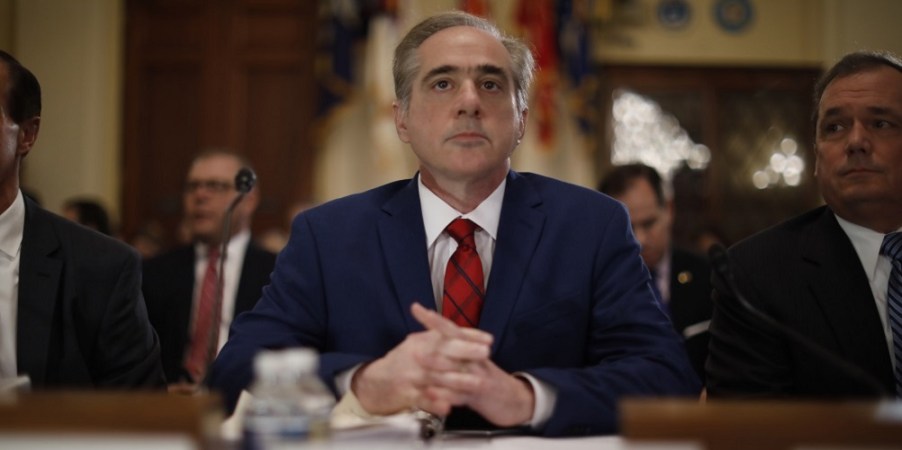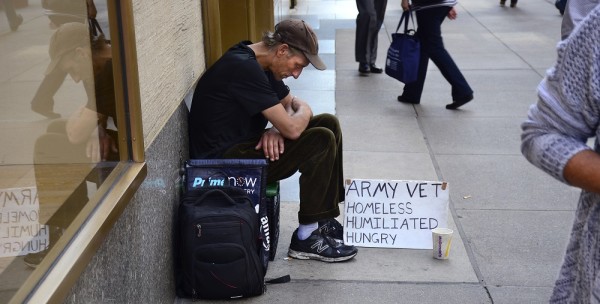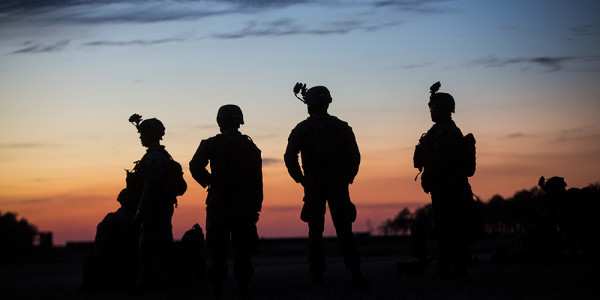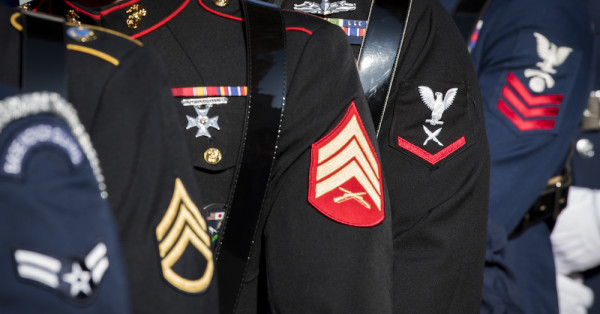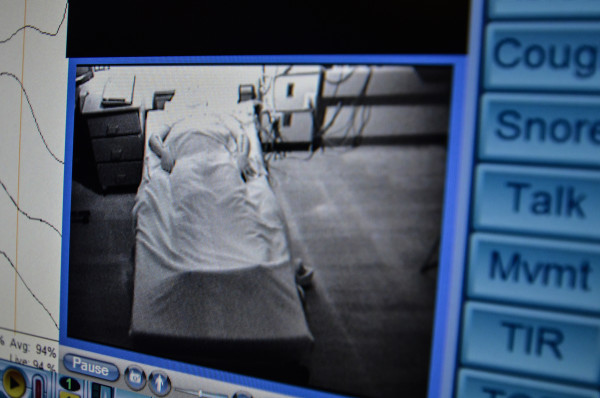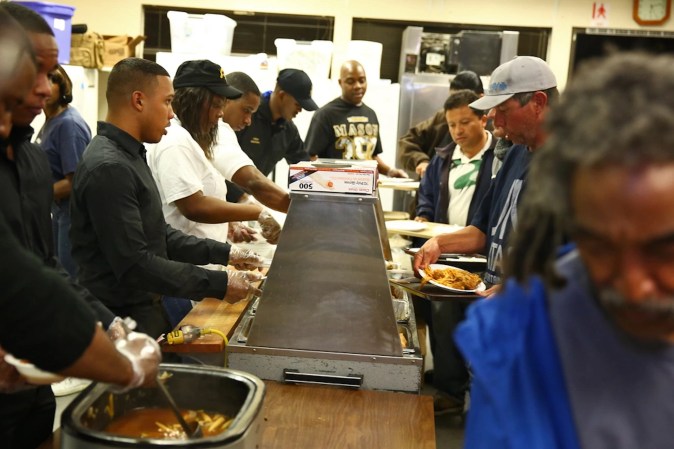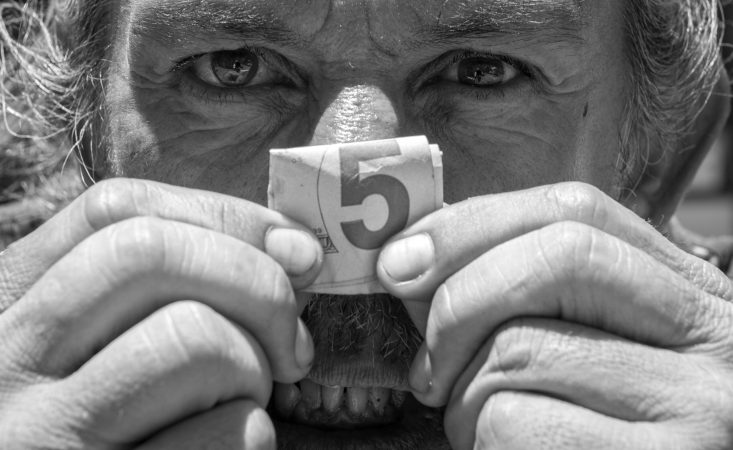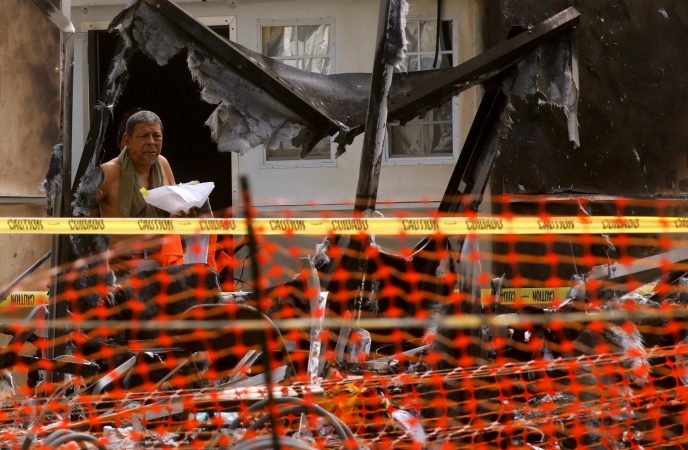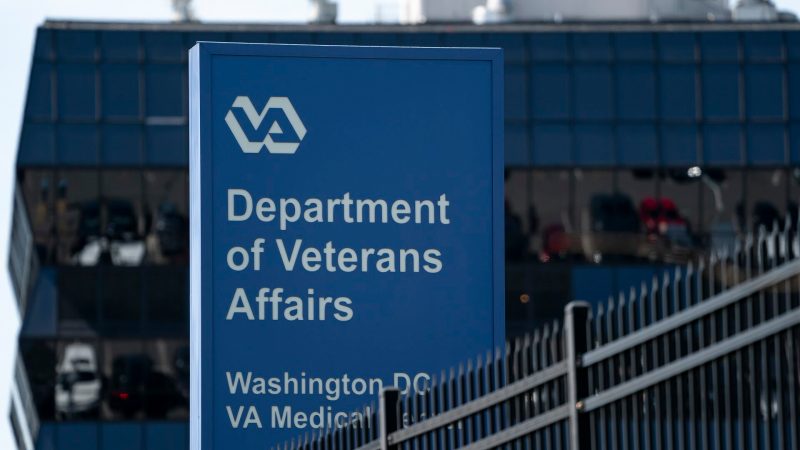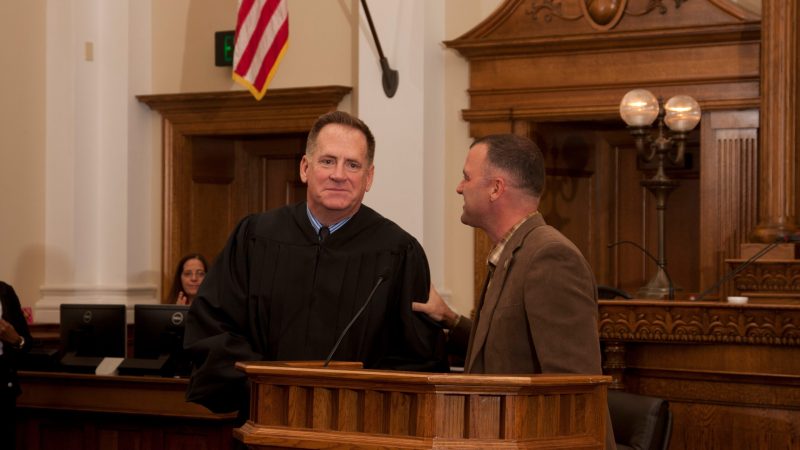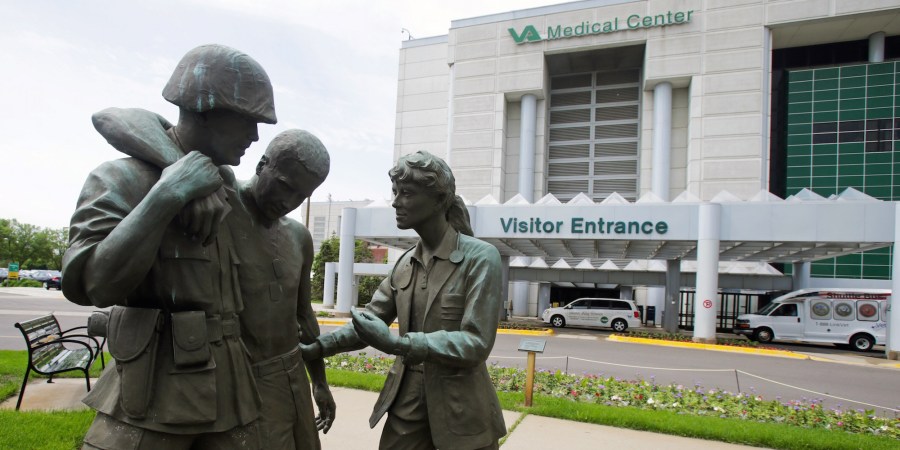The number of veterans experiencing homelessness has fallen by 11% since early 2020, according to an annual government survey, a sign which officials at the Department of Veteran Affairs say is a sign that VA efforts are paying off.
In 2020, the Point In Time survey, an annual effort by the U.S. Department of Housing and Urban Development to estimate the number of Americans without safe, stable housing, found 37,252 veterans were homeless. In 2022, that number decreased to 33,129.
The drop appears to have rejoined a long-term trend of reducing homelessness among vets that stalled recently. In all, the VA said, homelessness among vets is down 55% since 2010, but most of that reduction had come before 2016.
Only 7% of the U.S. population qualify as veterans, but they make up nearly 13% of the homeless adult population, according to the National Coalition for Homeless Veterans.
The Department of Veteran Affairs said Wednesday it had surpassed its goal to permanently house more than 38,000 homeless veterans in 2023, hitting that mark two months earlier than expected. The top five regions impacted are Northern California; Houston and Dallas, Texas; Puget Sound in the Pacific Northwest; and Phoenix, Arizona.
“I keep being reminded how important it is to be housing focused, and the critical need to not minimize that in any way, shape or form,” said Monica Díaz, executive director for the VA Homeless Programs Office.
The VA’s efforts to combat Veteran homelessness are based on a “Housing First” approach, which prioritizes getting vets into housing and then providing support to stay housed including resources for healthcare, job training, legal and education assistance.
Díaz credited several initiatives with the improvements such as landlord incentives to house veterans, involvement with public housing authorities, immediate access to VA services and programs, and enhanced national and local technical assistance with housing navigation systems and case management. The VA has also implemented a “one team approach” where the veteran-related groups and experts review the case of a single veteran to discuss needs and come up with targeted solutions. “Because each community has their unique needs,” she said.
The number of veterans experiencing homelessness has fallen by more than 55% since 2010, according to the VA. Majority of the reduction happened between 2010 and 2016. But from 2016 to 2020, progress stalled due to steady increase in rent costs and other market forces. Today, the slight improvement is a result of decades of tailored resources and more federal dollars, he said.
“We’re coming out of the COVID-19 pandemic and many of the flexibilities that were of the pandemic era. Think eviction moratoria, think flexible funding and other waivers due to the public health emergency – those that belong are now gone. They went away in May,” said
Shawn Liu, director of communications, VA Homeless Programs Office.
A lot of the COVID-19 policy changes from Congress were really a good example or “case study in terms of what really works,” Díaz said.
Last week the VA called on mortgage providers to pause foreclosures of VA-guaranteed loans through May 31, 2024. The department is also extending its COVID-19 Refund Modification program through May 31, 2024 which will allow veterans to obtain a zero-interest, deferred-payment loan from VA to cover missed payments and modify their existing loans.
In 2022, the VA housed more than 40,000 formerly homeless veterans, prevented over 17,700 veterans and their families from becoming homeless and helped nearly 191,700 additional veteran families experiencing financial hardships to retain their homes or avoid foreclosure.
Díaz also emphasized the importance of the VA partnering with local organizations to address similar issues among individuals from a similar community – noting the relevance for veterans who don’t qualify for VA benefits.
“I think that the need is there. I don’t think the need has changed. I think that need continues to be prevalent especially with our market situation,” she said. “But I see it as a success – the fact that the veterans have to trust in the system and to come to us to get the help.”
The latest on Task & Purpose
- End of an era: The last class of Marine Scout Snipers graduates on Dec. 15
- That one scene: The most unrealistic part of ‘Rambo: First Blood’
- AC-130 destroys truck after watching it launch ballistic missile at US troops in Iraq
- Army veteran launches ‘Hots & Cots,’ a Yelp for enlisted life
- Trench warfare tips: What US troops need to know from Ukraine

